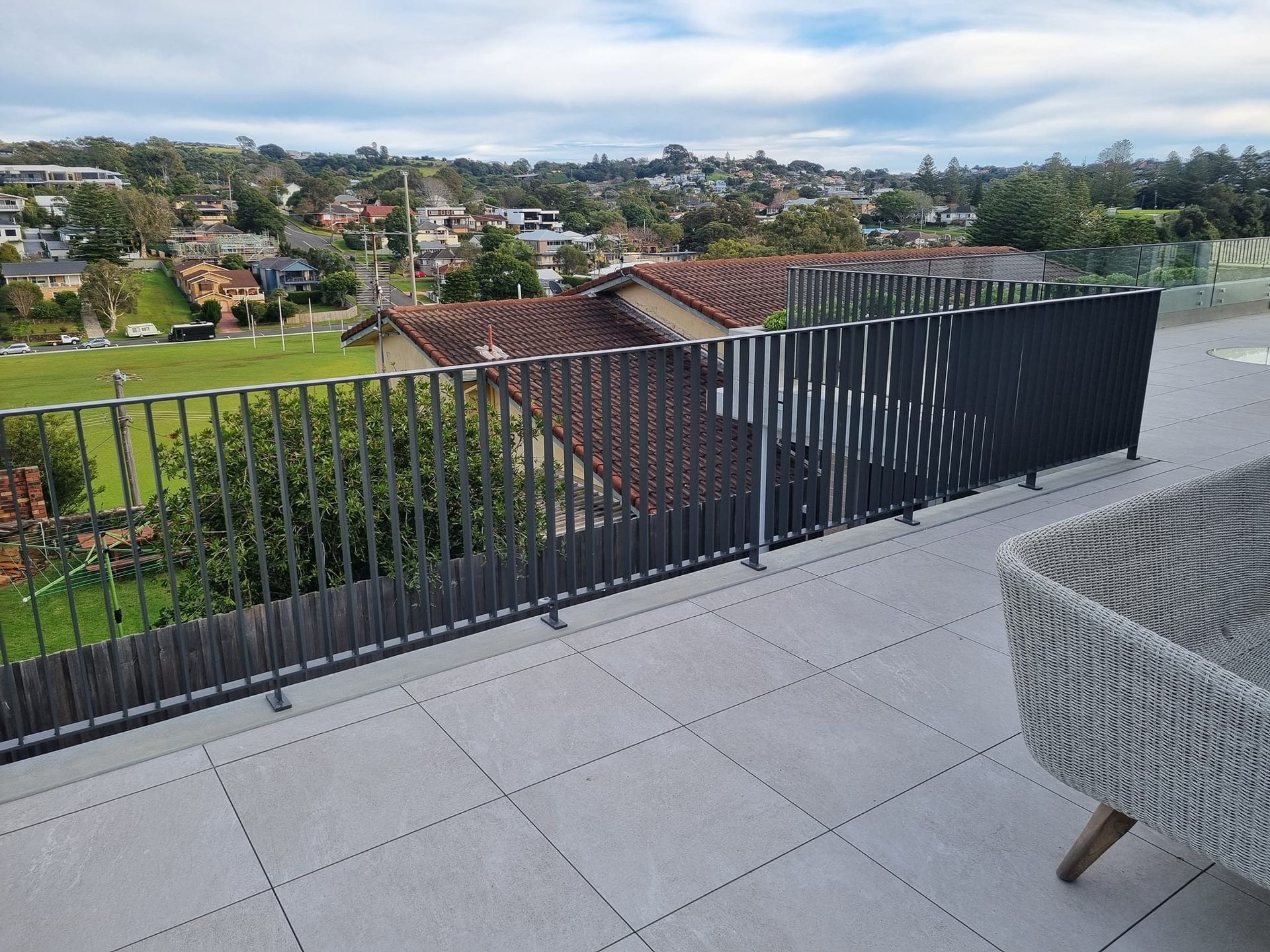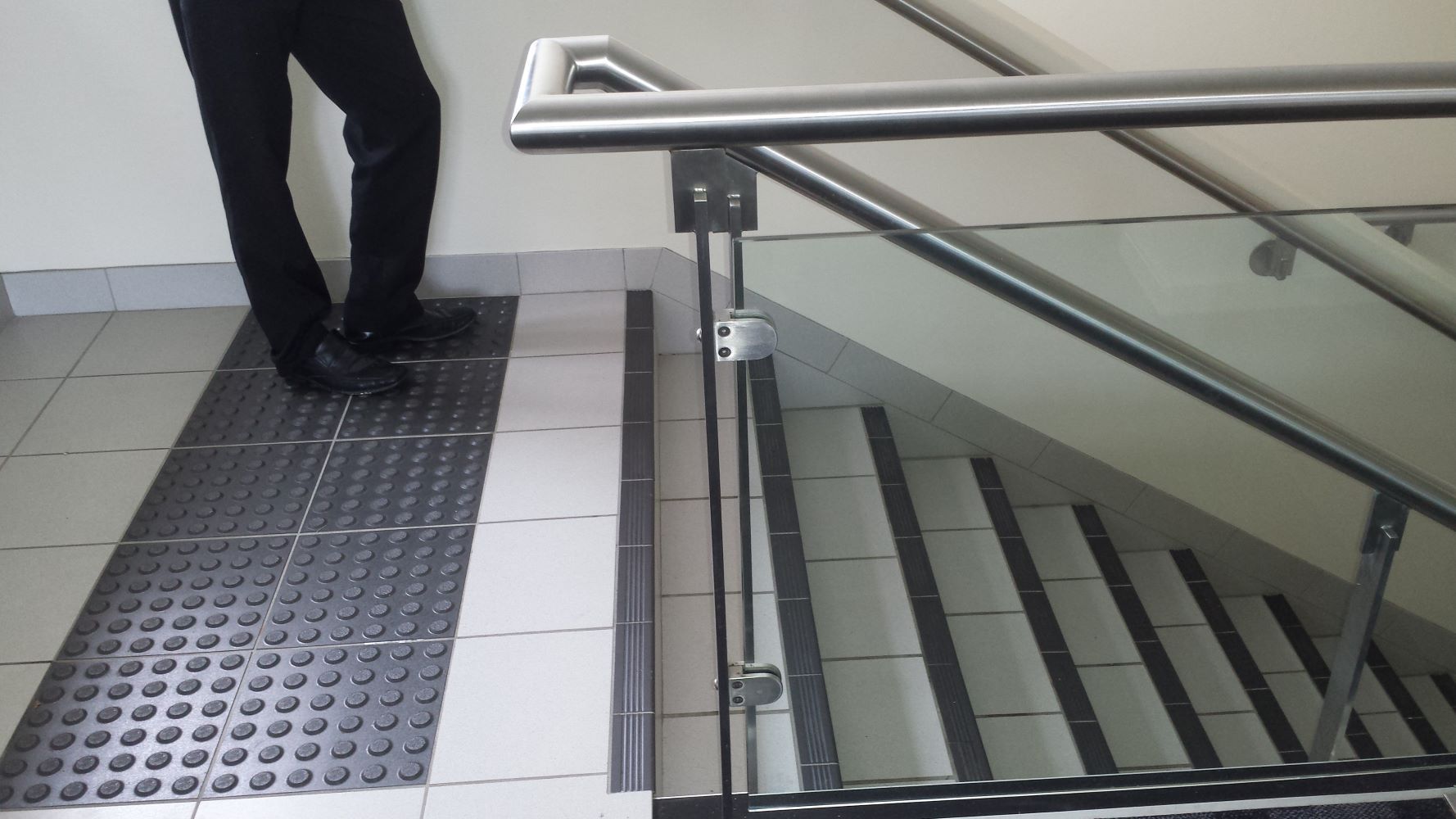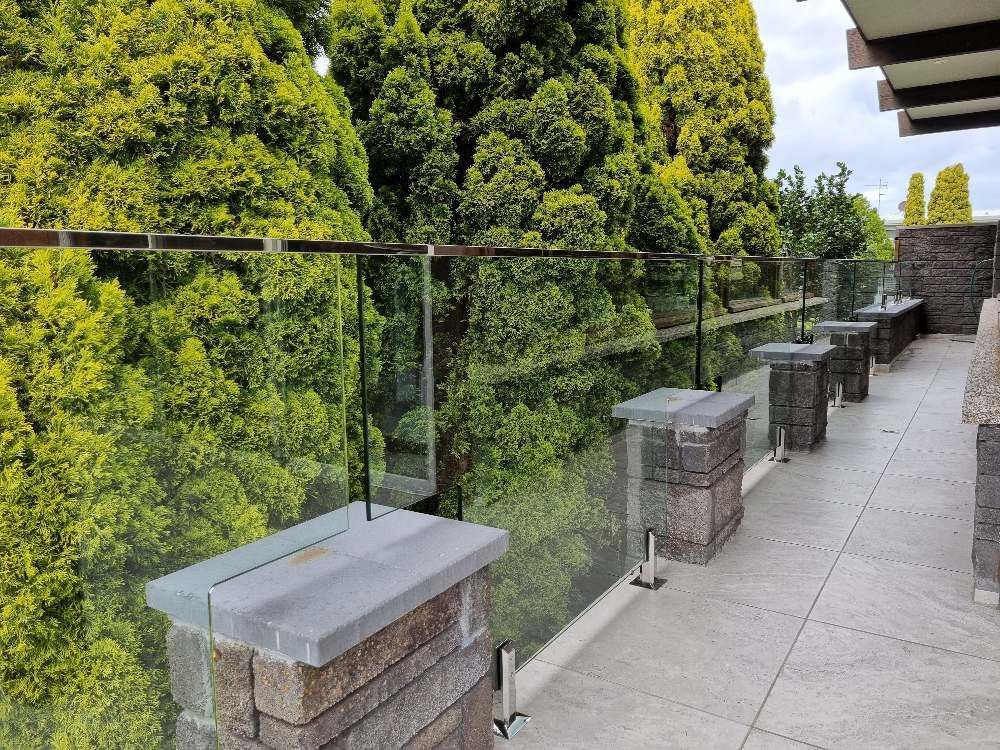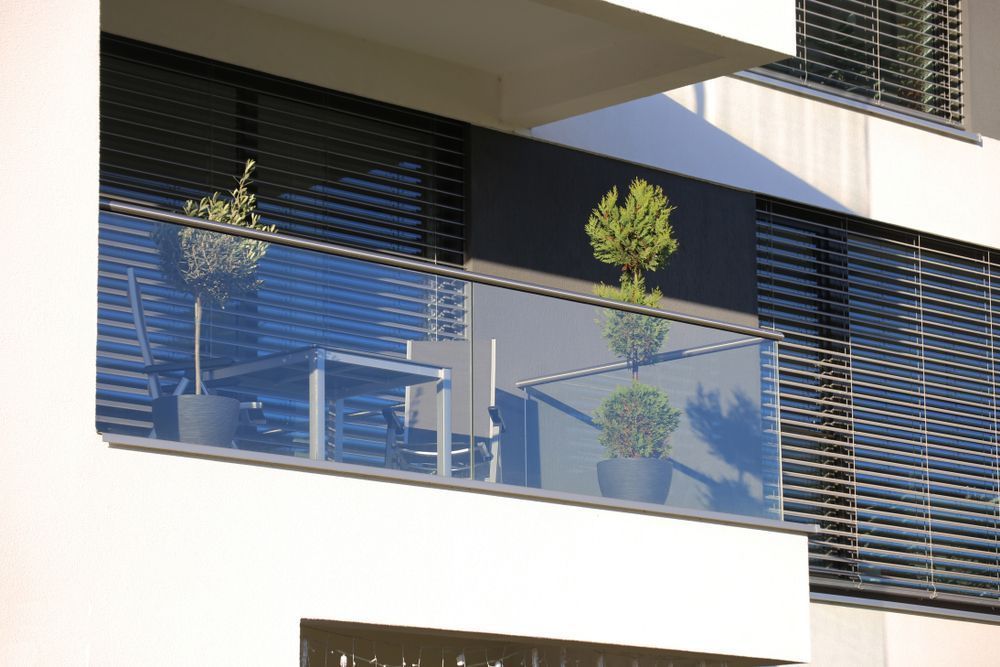Glass Balustrade Safety Regulations: What To Know
Importance of Glass Balustrade Safety Standards
Glass balustrade safety standards are crucial for ensuring the safety and well-being of occupants. By adhering to these standards, the risk of accidents and injuries can be significantly reduced. This protects individuals and enhances the overall safety environment of a property.
Compliance with legal and regulatory requirements is another critical aspect of understanding these standards. It helps avoid potential legal issues that can arise from non-compliance. Additionally, a thorough knowledge of safety standards informs the selection of appropriate materials and design principles. Whether you are an architect, builder or property owner, this understanding is essential for maintaining the balance between safety, legality and design.
Understanding Key Safety Regulations
The recent updates to Australian Standards have introduced more stringent regulations for glass balustrades, aiming to enhance safety and compliance. These regulations are designed to prevent falls and ensure balustrades are both safe and fit for purpose. Here are the key aspects of these safety regulations:
- Height Requirements: Balustrades must be at least 1 metre high to prevent falls from elevated areas effectively.
- Opening Restrictions: The size of openings in balustrades is regulated to prevent accidents. Specifically, there should be no openings greater than 100mm at the base of the barrier and 125mm at other openings.
- Non-Climbable Design: Balustrades should be designed in such a way that they cannot be easily climbed, reducing the risk of falls from height.
- Use of Safety Glass: For balustrades situated at significant heights (5 metres or more), the use of laminated safety glass is required to provide additional safety in case of glass breakage.
New construction projects must consider these safety standards during the design and installation of glass balustrades to comply with the National Construction Code (NCC).














